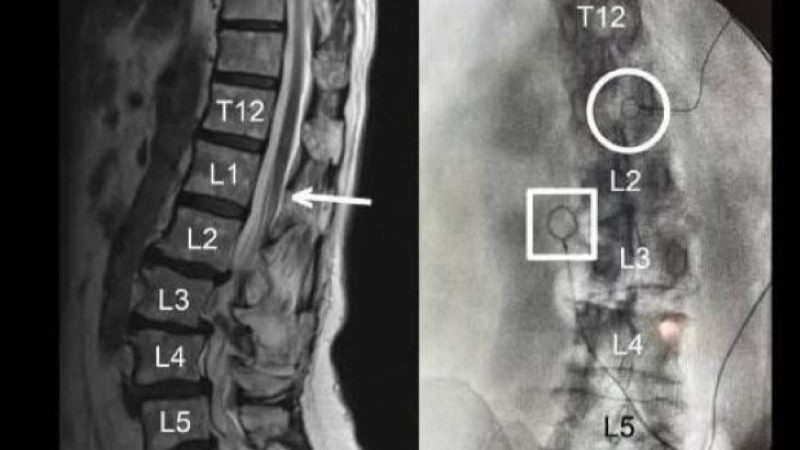
A retrospective, multicenter study found that overlapping inpatient orthopaedic surgery does not create additional perioperative risk for certain complications.
Between Jan. 1, 2015, and Dec. 31, 2015, 14,135 orthopaedic surgical procedures were performed at five academic institutions. The study defined overlapping surgeries as “2 skin incisions open simultaneously for 1 surgeon.” The primary outcome was a 30-day perioperative complication; secondary outcomes were all-cause 30-day readmission, length of stay, and mortality.
Understanding and Perception of Overlapping Surgery in an Orthopaedic Trauma Population: A Survey Study. https://t.co/u4AQDSGV5i pic.twitter.com/R7mDExFdW9
— UVA Science Pubs (@UvaScience_Pubs) October 30, 2018
Of the total operations, 40% were overlapping surgeries. Perioperative complication rates were 1% in the overlapping surgery group and 2% in the non-overlapping surgery group.
“The overlapping surgery group was non-inferior to the non-overlapping surgery group (odds ratio [OR], 0.61 [90% confidence interval (CI), 0.45 to 0.83]; p < 0.001), with reduced odds of perioperative complications (OR, 0.61 [95% CI, 0.43 to 0.88]; p = 0.009),” the researchers observed.
The overlapping surgery group had a much lower risk of all-cause 30-day readmission than the overlapping surgery group (OR, 0.67 [95% CI, 0.52 to 0.87]; p = 0.003), as well as a shorter length of stay (eβ, 0.94 [95% CI, 0.89 to 0.99]; p = 0.012), but mortality rates did not differ between the groups.
The study authors stated that choosing to perform overlapping surgery should happen “on a case-by-case basis.”
“Our results suggest that overlapping inpatient orthopaedic surgery does not introduce additional perioperative risk for the complications that we evaluated,” they wrote. “The suitability of this practice should be determined by individual surgeons on a case-by-case basis with appropriate informed consent.”
Using Robots in Total Knee Replacements







 © 2025 Mashup Media, LLC, a Formedics Property. All Rights Reserved.
© 2025 Mashup Media, LLC, a Formedics Property. All Rights Reserved.